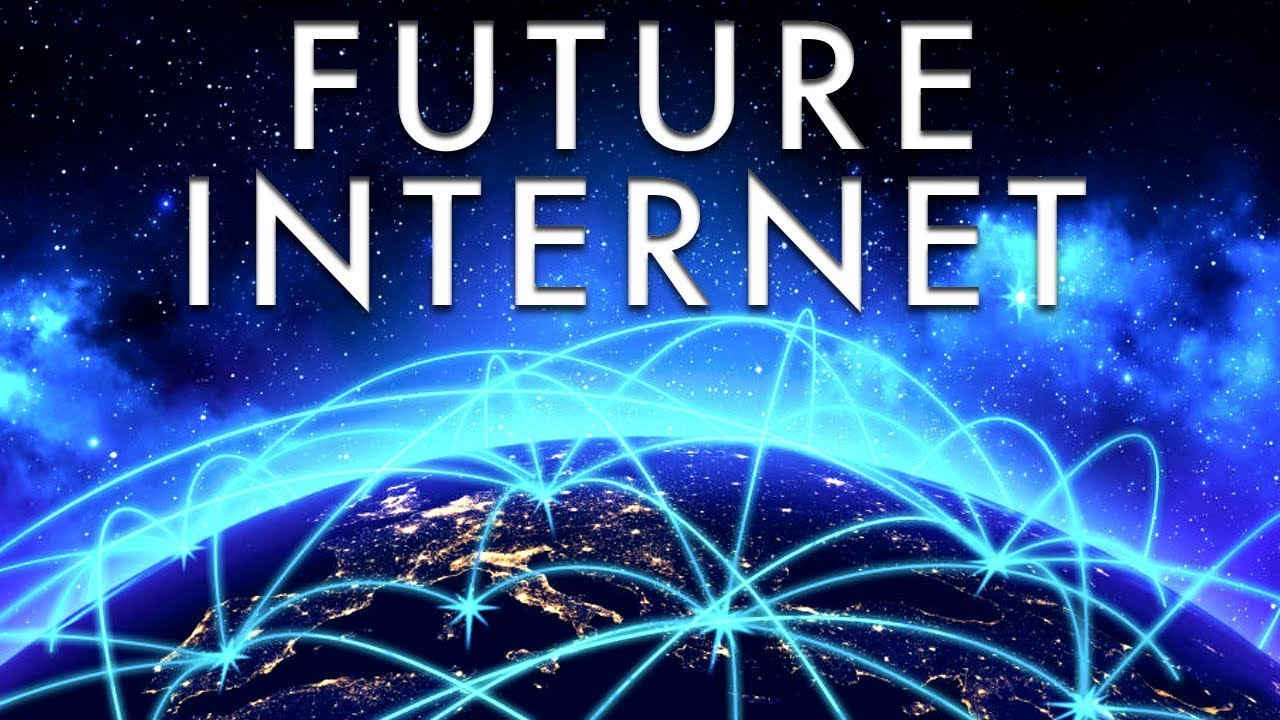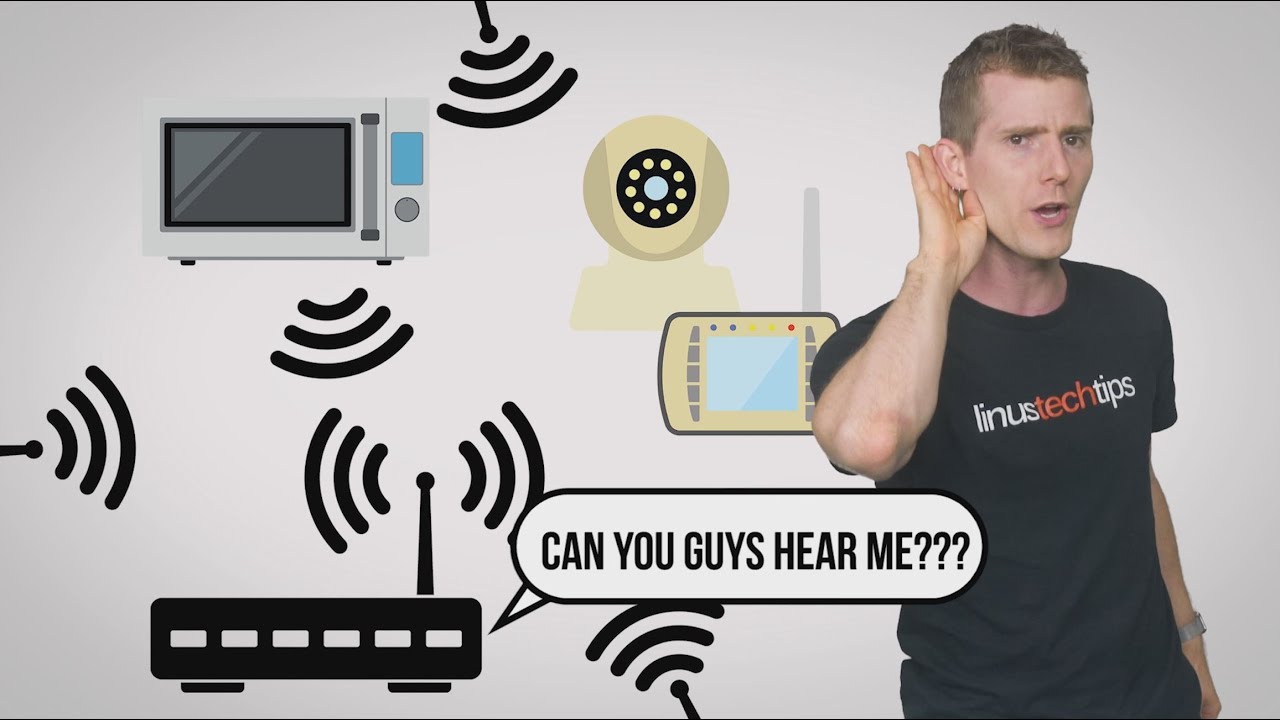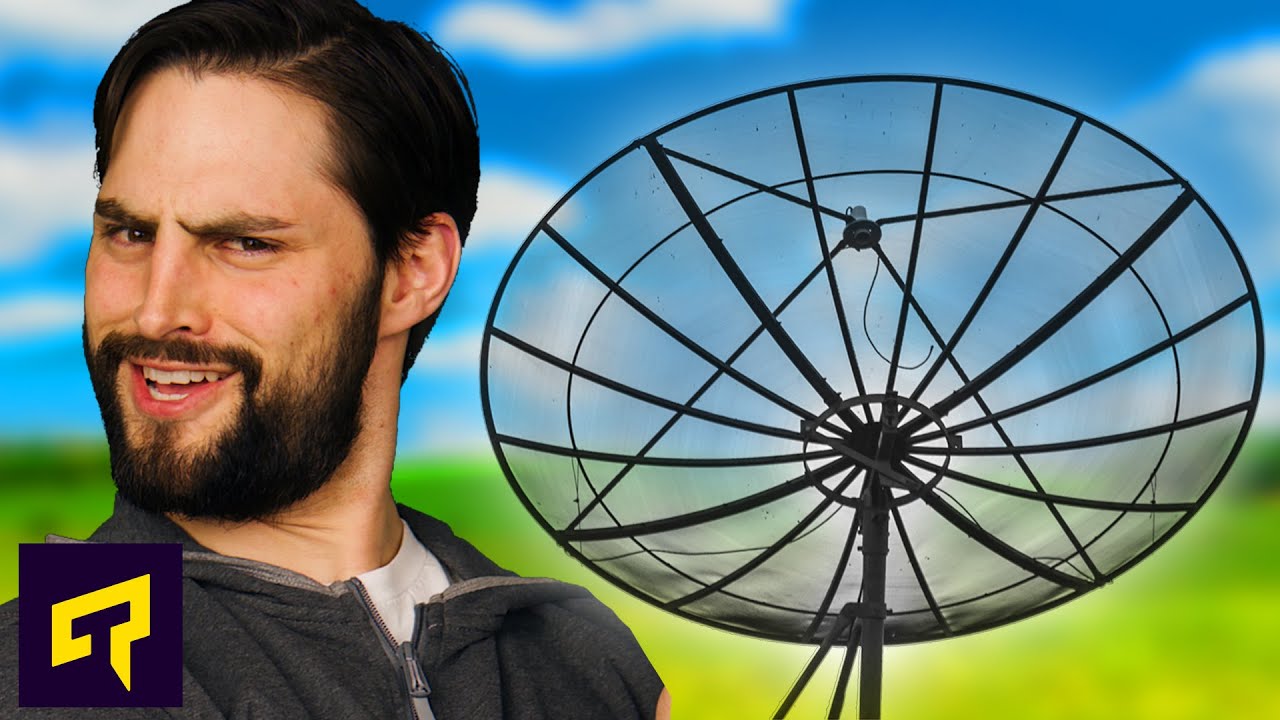With worldwide Internet traffic set to triple between 2017 and 2021, we examine the near-term future of Internet Infrastructure—from 5G to prefabricated data centers to robotically-maintained server farms.
Subscribe to TDC: https://www.youtube.com/TheDailyConversation/
More information:
Study on future internet traffic:
http://bit.ly/295hnsl
The Internet of Things:
https://www.globalxfunds.com/what-the-future-might-hold-for-the-internet-of-things/
Harald Haas’ Li-Fi TED talk:
https://www.youtube.com/watch?v=iHWIZsIBj3Q
5G explained:
https://www.youtube.com/watch?v=GEx_d0SjvS0
Video researched, written, narrated, and directed by Bryce Plank
Visualization and editing by Robin West
Music from Motion Array
Script:
From 4k video, to 3-D, to virtual reality and beyond, we’re in love with rich, immersive media. As content on the Internet has become more dynamic, the amount of bandwidth we consume has skyrocketed, driving innovation in delivery and storage technology.
This is a look at the future of Internet infrastructure.
The activity you’re engaged in right now — streaming a video — is driving massive growth in the amount of data that’s being transferred.
For perspective on how much data we’re consuming, 853 1.2 megabyte 5.25 inch floppy disks — like what Oregon Trail used to come on — equals 1 gigabyte. And there are 1,000 gigabytes in the 1 terabyte hard drives many of us have in our computers.
In 2016, global IP traffic passed a zettabyte for the first time. That’s one billion terabytes.
Internet video accounted for half that bandwidth. But in 2021, total worldwide traffic is projected to nearly triple to 3.3 zettabytes—that’s 3.3 trillion gigabytes of data. More than two thirds of that traffic will be Internet video, with IPTV like netflix taking up another 22%.
To keep up with the increasing demand for data and high-speed connections, service providers have been driven to expand their network infrastructures and initiate projects like Google Fiber, heating up the competition.
As a result, installation of large capacity 100Gb ethernet equipment grew 450% year-over-year in 2016.
Google is also planning to use wireless alternatives that can deliver gigabit per second speeds to reach remote areas where it’s too expensive to set up Fiber.
The other advancement we’ll see is the development of ultrafast 5G networks. In 2016 the Obama administration announced a $400m, seven year public-private partnership — spearheaded by the National Science Foundation — to jumpstart the effort.
5G will handle 1,000 times the traffic at 10 times the speed of existing 4G and LTE networks. Not only will you be able to download an HD movie in under 1 second, but it will free up bandwidth to make room for what’s on the horizon. Virtual Reality is incredibly data intensive, and soon millions of driverless cars will hit the road as billions of additional Internet connected devices come online.
The Internet of Things is an absolute game-changer. Nearly every machine and many objects that aren’t — like our clothes — will be connected to the Internet.
[John Volakis] “They’re washable, they can be embedded in electronics. I think eventually what we look forward to is to have circuitry, memory, as well as computer functionality to be embedded within wearable circuits.”
You’ll be able to monitor your household appliances from your smartphone, buildings will be able to self monitor to detect wear and tear and factories will anticipate when its machinery — or more accurately, it’s robots — will break down, utility grids will communicate with energy providers and customers in real time, and cities will become smart as traffic lights, trash cans, water and gas lines will all be able to send service and condition updates, saving people valuable time and resources.
This explosion of data-producing devices will lead to a revolution in how all that data is stored.
The data center industry is one of the world’s most competitive markets. In addition to investing in adequate security measures, companies big and small must make their facilities run as efficiently as possible.
The widespread adoption of uninterrupted power supply and cooling systems are driving energy reductions that weren’t possible even five years ago. Thermal management units and an expanded use of free cooling technology is creating energy savings of up to 70%. And by harvesting the power of our natural environments like higher altitude locations, night-time coldness, deep sea or lakewater, and subterranean geothermal energy, data centers are proving that the push to create a better tomorrow doesn’t have to doom future generations. In 2014 data centers in the United States were responsible for 2% of national energy consumption, but thanks to new technology that figure that won’t grow significantly—even as the amount of storage facilities does.
Source





